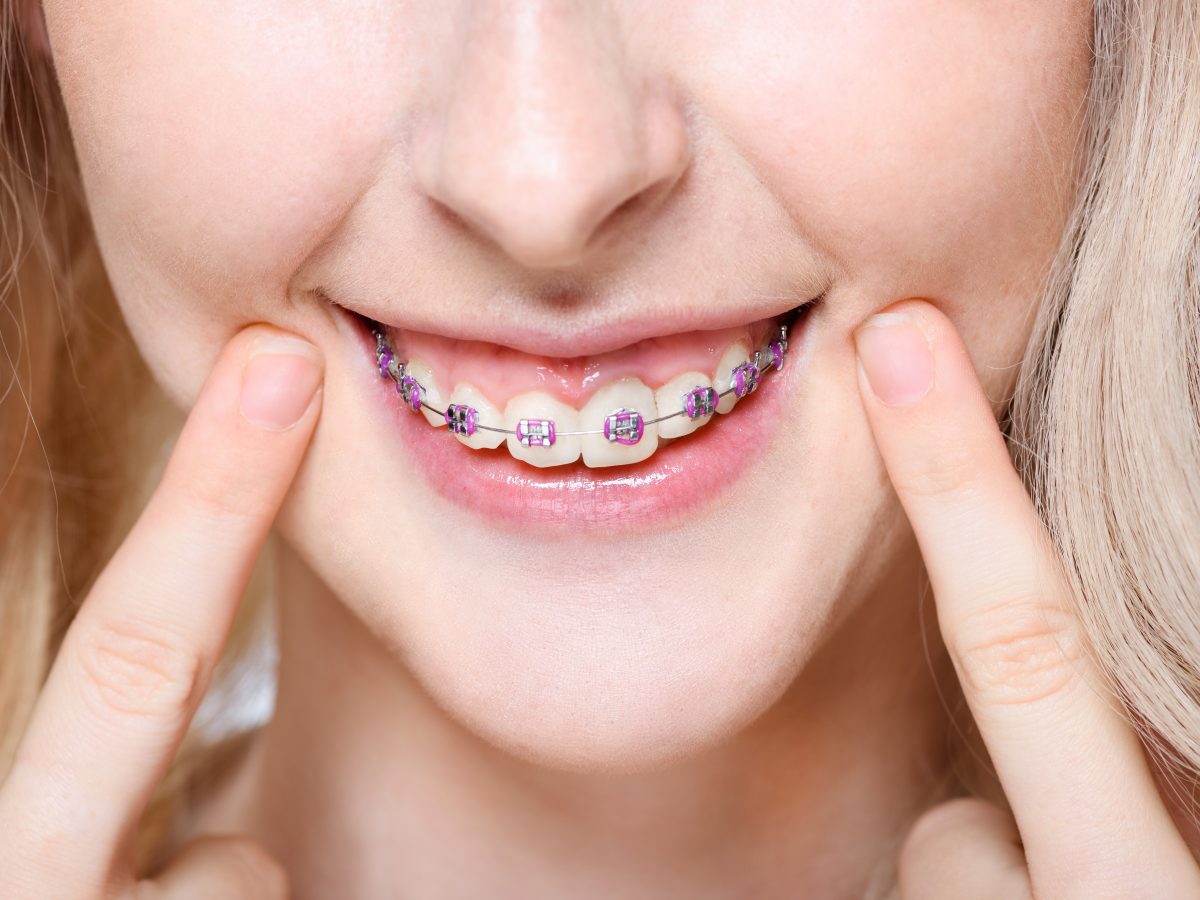How Cumming Orthodontics Addresses Common Braces and Invisalign Worries
How Cumming Orthodontics Addresses Common Braces and Invisalign Worries
Blog Article
Comprehensive Guide to Orthodontics Procedures for Dealing With Oral Misalignments
Comprehending the complexities of each procedure, including their mechanisms, advantages, and possible downsides, is vital in making educated decisions about one's orthodontic treatment. As we browse via the detailed guide to orthodontic procedures for dealing with oral misalignments, the elaborate details of each approach will certainly unfold, shedding light on the course toward a harmonious and useful oral placement.
Orthodontic Procedures Introduction

Regular adjustments and tracking are crucial parts of orthodontic therapy to make sure progress is on track and to make any needed adjustments along the method. By undergoing orthodontic treatments, clients can not just achieve a straighter smile yet likewise improve their general oral wellness and function.
Typical Braces: Just How They Function
When thinking about orthodontic therapies for oral imbalances, traditional dental braces attract attention as a tried and true approach for remedying teeth placing. Typical dental braces consist of braces, cords, and bands that function with each other to apply continual stress on the teeth, slowly relocating them into the preferred positioning. The brackets are connected to the teeth using an unique adhesive, and the cables are threaded with the brackets. By changing the stress of the cables, orthodontists can regulate the direction and pressure put on each tooth, assisting them right into appropriate placement in time.
As pressure is applied to the teeth with the braces, the bone surrounding the teeth is reshaped to support the new tooth settings. Clients will need regular adjustments at the orthodontist's office to guarantee the braces continue to use the correct stress for reliable teeth activity.
Unseen Aligners: Disadvantages and pros
Unseen aligners use a very discreet and practical alternative to typical dental braces for dealing with oral misalignments. These clear, tailor-made trays are practically unnoticeable when worn, making them an enticing alternative for individuals seeking a more cosmetically pleasing orthodontic therapy. One of the key benefits of unseen aligners is their removability, permitting for much easier maintenance of dental health compared to traditional dental braces. Clients can remove the aligners prior to eating or brushing their teeth, minimizing the danger of food obtaining embeded the appliance and streamlining the cleaning procedure.

Surgical Orthodontic Options
Surgical interventions in orthodontics present viable options for dealing with complicated dental misalignments that may not be effectively dealt with with traditional orthodontic treatments. While invisible aligners and traditional braces can deal with several orthodontic concerns, particular situations need surgical treatment to attain ideal results. Surgical orthodontic options are generally recommended for extreme malocclusions, substantial jaw inconsistencies, and situations where the underlying bone structure requires adjustment to accomplish proper placement.
One usual surgical orthodontic procedure is orthognathic surgical treatment, which involves rearranging the jaws to remedy functional concerns such as problem speaking or chewing. This surgical procedure is typically carried out in cooperation with an orthodontist who helps straighten the teeth before and after the treatment. Surgical orthodontics may additionally include procedures to subject impacted teeth, eliminate excess gum cells, or reshape the jawbone to develop a more unified facial account.
Before thinking about surgical orthodontic choices, patients go through a comprehensive analysis to identify the need and potential advantages of such treatments. orthodontist. While surgical treatment might seem daunting, it can substantially boost both the function and looks of the smile in cases where traditional orthodontic therapies fail
Retainers and Post-Treatment Care

Post-treatment treatment entails adhering to the orthodontist's instructions vigilantly. This might consist of correct oral hygiene practices, going to follow-up site visits, and putting on the retainers as suggested. Failure to adhere to post-treatment care directions can lead to regression, where the teeth slowly return in the direction of their initial placements. Regular retainer dental implant tooth wear, excellent dental health, and normal oral exams are important for maintaining the results achieved through orthodontic surgery and guaranteeing the long-lasting stability of the fixed dental alignment.
Verdict
In conclusion, orthodontic treatments offer different options for remedying dental imbalances. Surgical orthodontic options are offered for more serious imbalances. In general, orthodontic treatments can efficiently boost dental health and wellness and visual appearance.
As we browse via the thorough guide to orthodontic treatments for correcting dental imbalances, the intricate details of each approach will unfold, dropping light on the course toward a functional and harmonious oral placement. - orthodontics
One of the most typical orthodontic therapies is the usage of dental braces, which consist of metal brackets and cables that use mild pressure to gradually move teeth right into the wanted placement.When considering orthodontic treatments for dental imbalances, typical dental braces stand out as a time-tested method for fixing teeth placing. In addition, unseen aligners might not be suitable for complex orthodontic issues that require more considerable teeth motion, as they are normally advised for light to modest instances. Retainers are custom-made orthodontic devices developed to hold teeth in their dealt with placements after the conclusion of orthodontic treatment.
Report this page